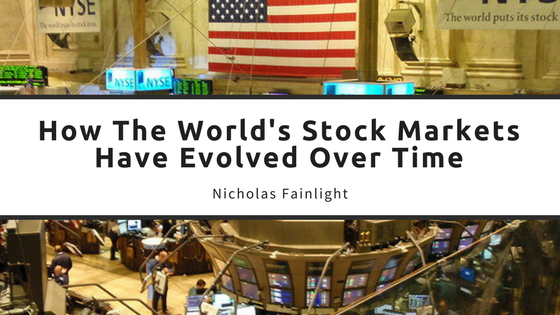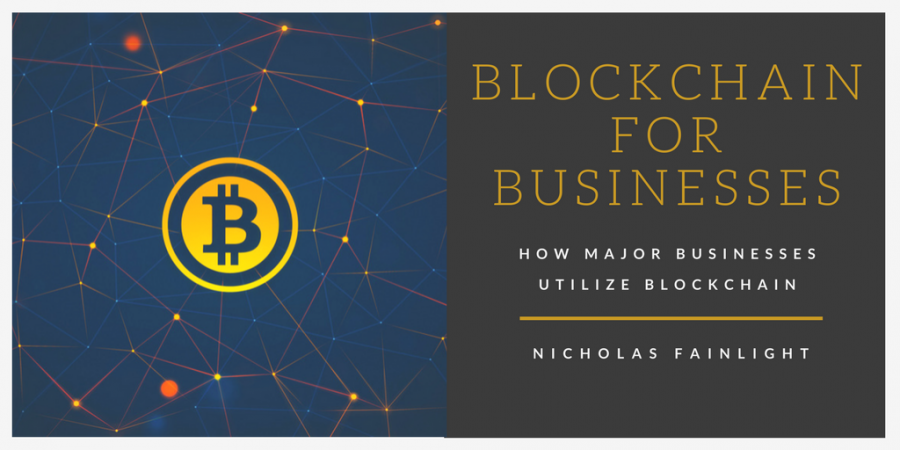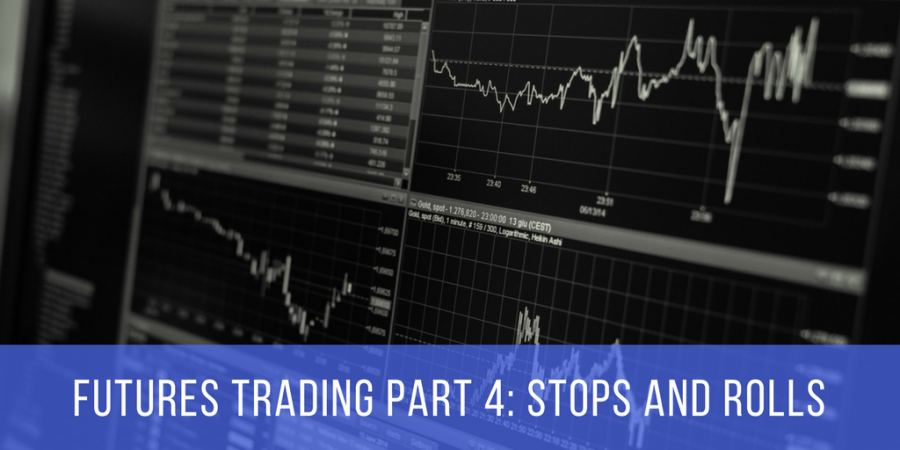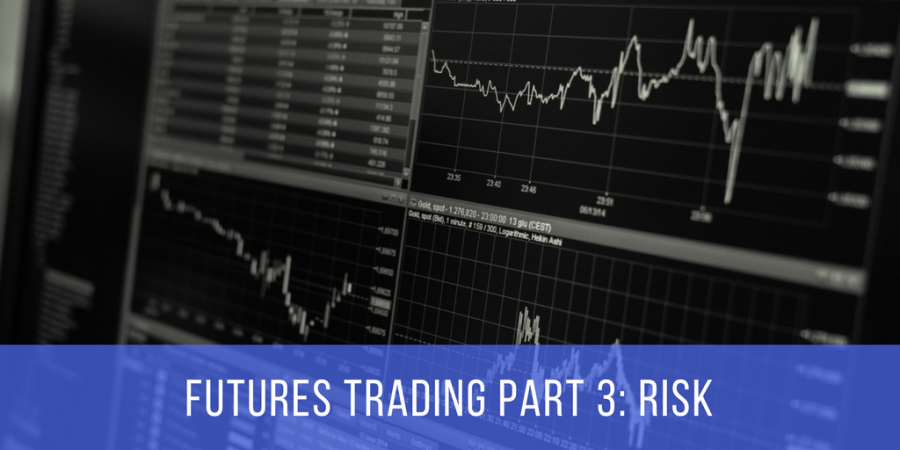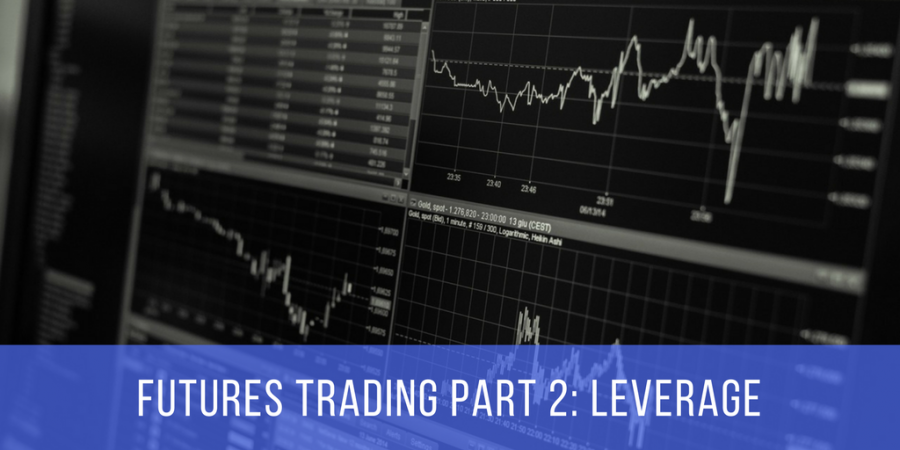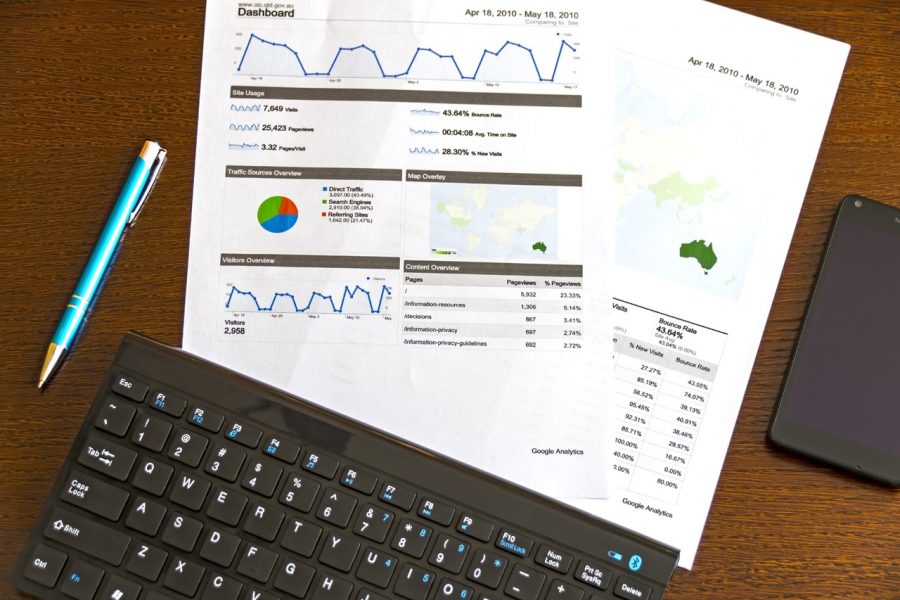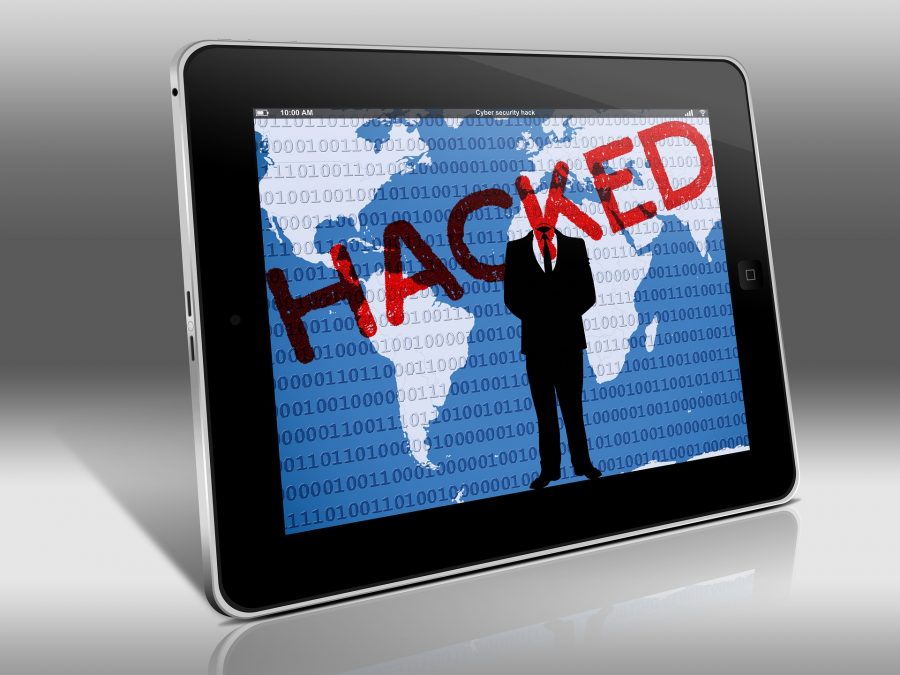Stock markets are one of the most important parts of the global economy. Stock markets are an important part of economic growth. The origins of the stock market can be traced back to France, where residents used a system that managed debts while serving the best interests of the banks. In Italy, bankers started trading government securities. The actual beginning of the stock market occurred in Belgium and the Netherlands. Antwerp, Belgium is recognized as having the World’s first organized stock market system. However, during this time period, debt was being regularly traded instead of shares of a company.
East India Company
The East India Company is considered the first publicly traded company in the World. Investors realized that going all in was not a long term beneficial strategy. They started buying shares in other companies so that investments would be less risky. Over the next few years, many European countries started using the system. Investors traded ideas in coffee shops. However, due to a lack of regulation, the early days of the stock market were very unorganized.
New York Stock Exchange
The New York Stock Exchange was considered a breakthrough. Soon the NYSE established itself as the center of US trade. Thanks to a void of any real competition, the NYSE thrived.
Today’s Climate
Almost every country in the World has their own stock market. Over a trillion dollars are traded on stock markets throughout the World every day. NASDAQ has moved the stock markets into the future. NASDAQ was created by the Financial Industry Regulatory Authority and The National Association of Securities Dealers. NASDAQ is unique because instead of relying on a physical location, all of the trading is performed electronically on a network of computers. NASDAQ has influenced a new era of innovation and expansion.
Looking Ahead To The Future
Stock markets are an important part of the World’s economy. Analysts feel that we will continue to see mergers among different stock markets. There is even an outside chance of a single global stock market. The recent natural disasters that have occurred have also challenged the stock market. While Hurricane Harvey has caused lots of damage, the stock markets have shown growth in these damaged areas. This is another example of how the stock market is relatively immune to the impact of natural disasters. Investors are aware of the economic growth that will take place in the aftermath of these disasters because there will be a lot of jobs created through rebuilding the damaged areas.

